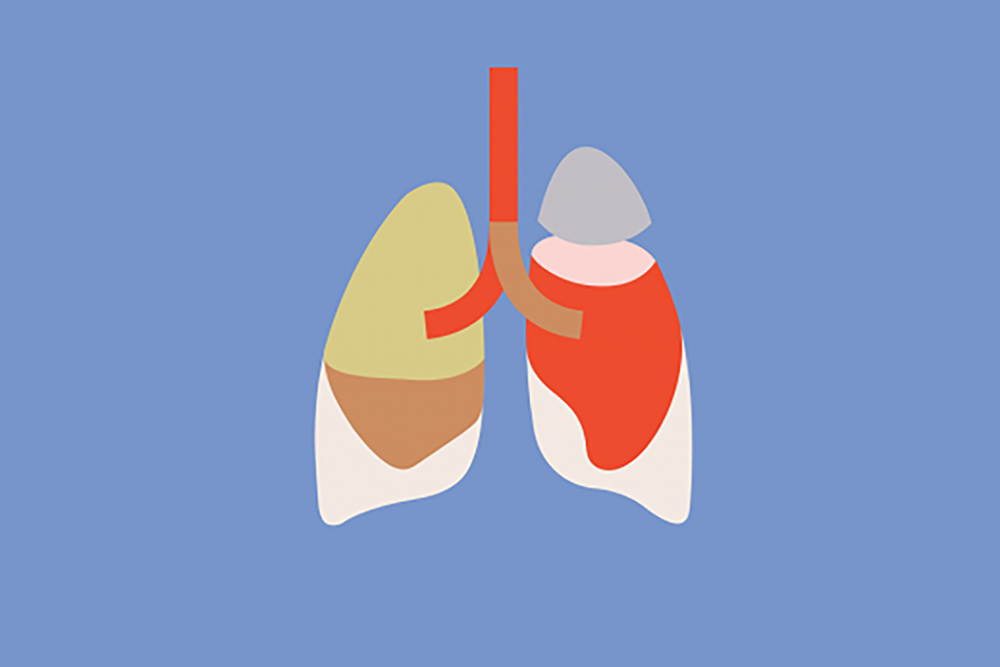Welcome to SN Connect, the new gold standard for HCP-focused media.
Featured News and Insights
Updates From ASCO 2025
Insights & Perspectives
Clinical Updates

For HR+/HER2- Early-Stage Breast Cancer at Increased Risk of Recurrence, Kisqali Has Benefits: Study

A Powerful Tool: Integrating Venetoclax into CLL Management Improves Survival

Oncologists Weigh in on Optimal Use of CDK 4/6 Inhibitors as Adjuvant Therapy in Early Breast Cancer

Imfinzi Improves Overall & Progression-Free Survival for Patients With Limited-Stage Small Cell Lung Cancer

Balversa's FDA Approval Means a New, Practice-Changing Option for FGFR-Positive Bladder Cancer

Unprecedented Progression-Free Survival for ALK-Positive Non-Small Cell Lung Cancer Using Lorbrena — What the New Research Means for Patients

Physicians Advised to Consider Rybrevant for EGFR Mutation-Positive NSCLC, Following FDA Approval

For Women With Heavily-Treated Triple-Negative or HR+, HER2- Metastatic Breast Cancer, Enfortumab Vedotin (Padcev) Shows Some Anti-Tumor Activity

Understanding Pluvicto (Lutetium-177) and PSMA PET Scans in Prostate Cancer Treatment

Elahere for Ovarian Cancer: Prevention, Detection & Management of Ocular Adverse Events
Patient Care Updates
Why Physicians Should Prioritize Emotional Wellbeing
The issue of burnout has long plagued physicians given the many hours of physically and mentally draining work. But with the recent Covid pandemic and the resulting changes to the industry, the demands on doctors is even higher — and many may be experiencing profession-related mental health issues.
Now more than ever, it’s important to pay attention to the idea of compassion fatigue, says Dr. Marianna Strongin, a licensed clinical psychologist and founder of Strong in Therapy, her Manhattan-based private practice.

































